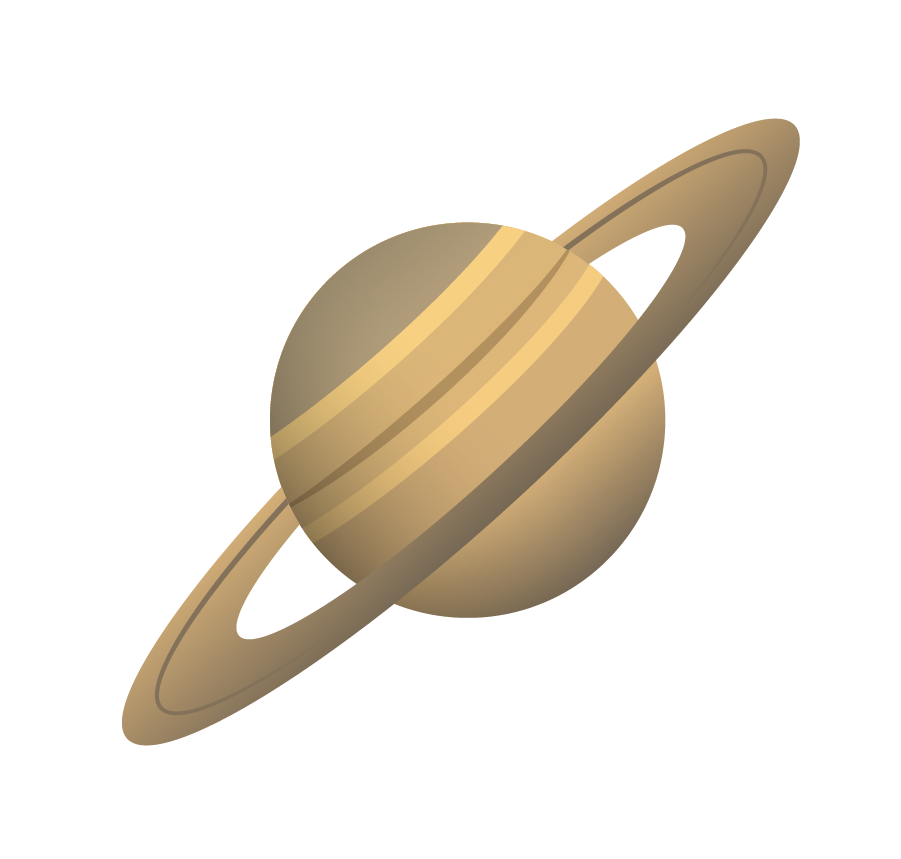Małgorzata Hudziec
Space travel


Class goal:
- To learn the meaning of the term "Solar System"
- To learn the names and order of the planets in the Solar system
- To learn how to program a path for the Photon Robot
- To improve problem-solving skills for overcoming encountered obstacles
Teaching methods:
- research
- best practices
- brainstorming
Type of exercise:
- group
Required items:
- tablets (to control the robots)
- images of planets - cut-outs (see attachments) for each group
- the solar system (see attachments) for each group
- images of planets with names (see attachments)
- sashes for each child in different colors, including yellow
- paper stars
Attachments:
Lesson scenario:
1. Let's create the Solar System
Learning through play - children make small teams. Each team receives a card with the solar system (the Sun and 8 empty orbits) and a set of images of planets separate from their names. Present the planets and respective names (starting with Mercury, which is closest to the Sun). Name one planet. Ask the children to find the mentioned planet and place it (together with its name) on the right orbit. Then list all the planets' names to the children: Mercury, Venus, Earth, Mars, Jupiter, Saturn, Uranus, Neptune. Ask children to check if they have all the planets and then point out the largest and the smallest one. Use a solar system card or a poster to show the planets' right order in the Solar System. Ask children to explain to you the meaning of the term "Solar System" - brainstorming session.
2. The Sun and orbiting planets
Orientation Game – pass colored sashes to children and ask to put them on over their heads and shoulders. Yellow sashes represent the Sun; the others are planets. Play some music, ask the children to walk around the room. Stop the music, the children with yellow sashes form an inner circle, and other children (planets) form an outer circle. Ask them to walk around the perimeter to the rhythm. Ask the children in the outer circle to line up (as the planets) in the correct order from the Sun.
3. Let's explore the Solar System
Prepare the educational mat and images of the Sun and the planets of the Solar System. Place images of planets in various fields on the educational mat. Place the Photon Robot in the starting field - it's the main passenger on this space trip. Explain the way to control the robot in the app. Remind everyone of the safety rules associated with using the robot. Select the first child - its task is to program (or steer) the Photon Robot as if it was on a trip to a selected planet. Add conditions to these trips (e.g., the robot goes to Venus but circles Neptune on the way, or the Robot goes to Earth but visits Saturn on the way, or the robot passes by three planets right to the Sun).
4. Stars for the robot
Summarize, revise the provided information, evaluate gained knowledge. Each child receives a paper star and puts it anywhere on the carpet. The children take over control of the robot one after another. Suppose the child thinks the activity was enjoyable. In that case, it needs to steer the robot to a randomly selected star to pick it up. In the end, the children count the stars the robot gathered to measure the level of class satisfaction. Have fun!